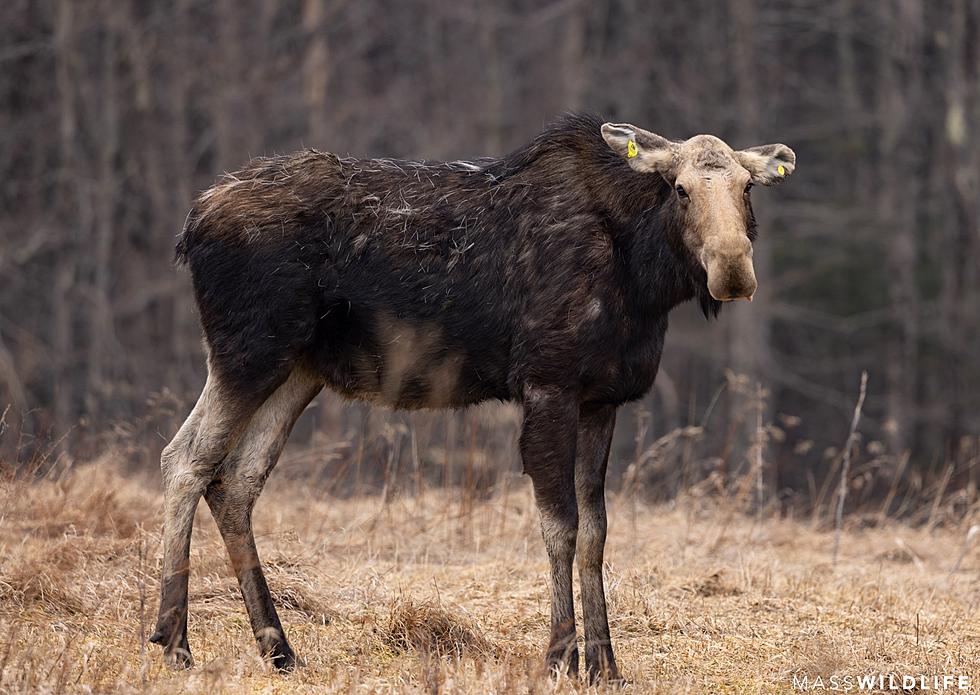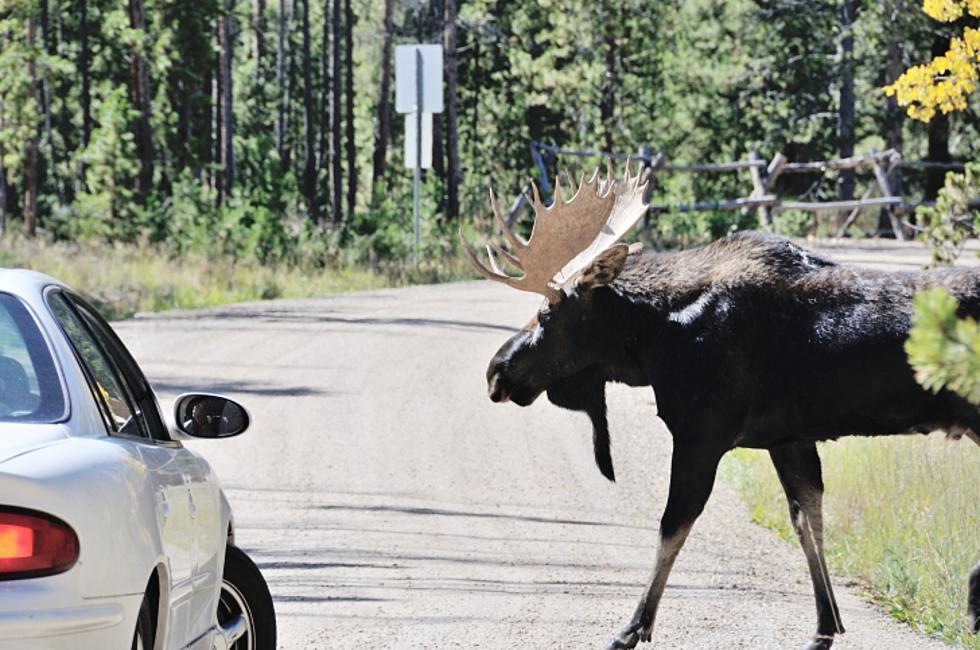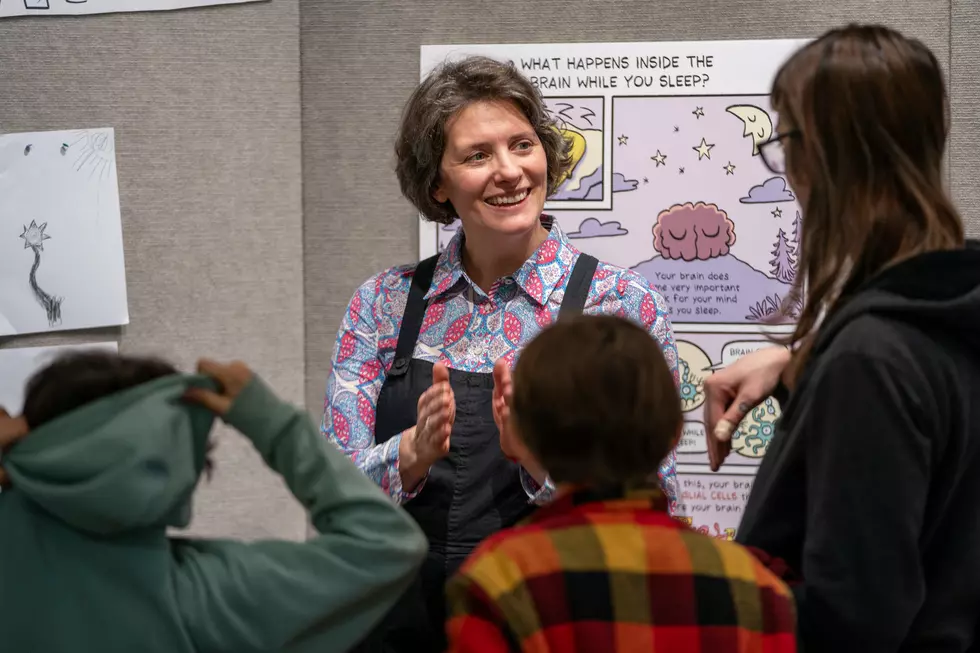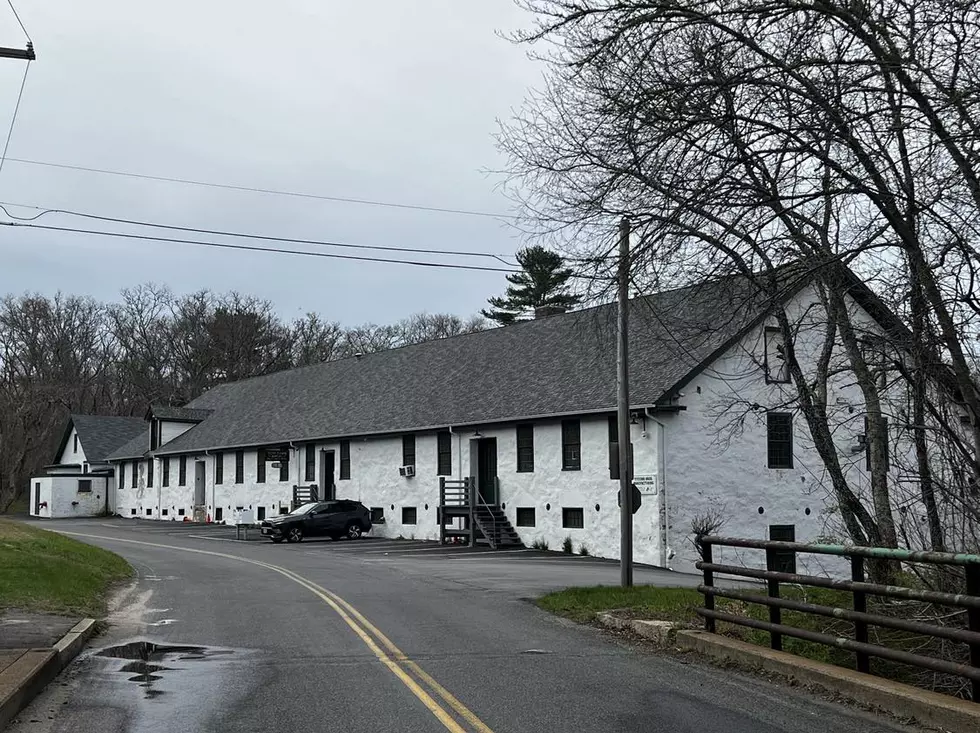
New England Moose Are Dying at an Alarming Rate
The moose population in Massachusetts steadily increased over recent decades before leveling off, but moose in the three northern New England states face challenges.
New Hampshire Public Radio reported that "New Hampshire's moose population is taking a bit hit, declining by 47 percent from 1990 to 2017." NHPR blamed it on "climate change."
"Shorter, warmer winters in recent years have created a thriving environment for ticks," the station reported.

Remington Moll, assistant professor of Natural Resources and the Environment at the University of New Hampshire, told NHPR, "These ticks draw out a huge amount of blood, and it really reduces the condition of the moose."
Moll said the moose "become anemic, and they don't make it."
UNH found "unprecedented death rates" of more than 50 percent of moose calves between 2014 and 2016. Studies also indicate lower reproductive rates in adult moose across Maine, New Hampshire, and Vermont.
Maine Public Radio stated, "Winter ticks wiped out nearly 90% of the moose calves scientists tracked in part of Maine" in 2021.
Lee Kantar, the lead moose biologist with the Maine Department of Inland Fisheries and Wildlife, said, "You look at one data sheet after another of what we found in the woods on these moose, and it's the same profile every time: it is winter tick."
Snow and cold temperatures will kill the ticks but with warmer winters and snow arriving later into the season, the ticks stay around longer and can do more damage to the moose population.
Brainworm is a whole other concern for the moose of northern New England.
Maine Public pointed out that "Winter ticks literally hunt in packs." According to the site, "Larvae gather in interlocking clumps on vegetation, and when one tick snags a passing victim, hundreds or thousands tag along for the ride."
While most adult moose can withstand a tick infestation, many calves cannot.
Massachusetts deer and moose biologist David Stainbrook told the Massachusetts Public Broadcasting station there were scattered moose sightings in northern Massachusetts in the '50s, '60s, and '70s but said, "We really didn't start to see a more established population until closer to the late '90s, into the 2000s."
"It kind of peaked at around 2004, that's when we had the most reports of moose sightings," Stainbrook said.
"And from that point on, it kind of stabilized and maybe decreased a little bit until today," he said. "We kind of see this pretty stable population within Massachusetts." Moose have even been spotted in eastern Massachusetts.
So far, winter ticks have not been an issue for the Massachusetts moose population.
LOOK: Stunning animal photos from around the world
Gallery Credit: Nicole Caldwell
LOOK: 30 fascinating facts about sleep in the animal kingdom
Gallery Credit: Katherine Gallagher
More From WFHN-FM/FUN 107









